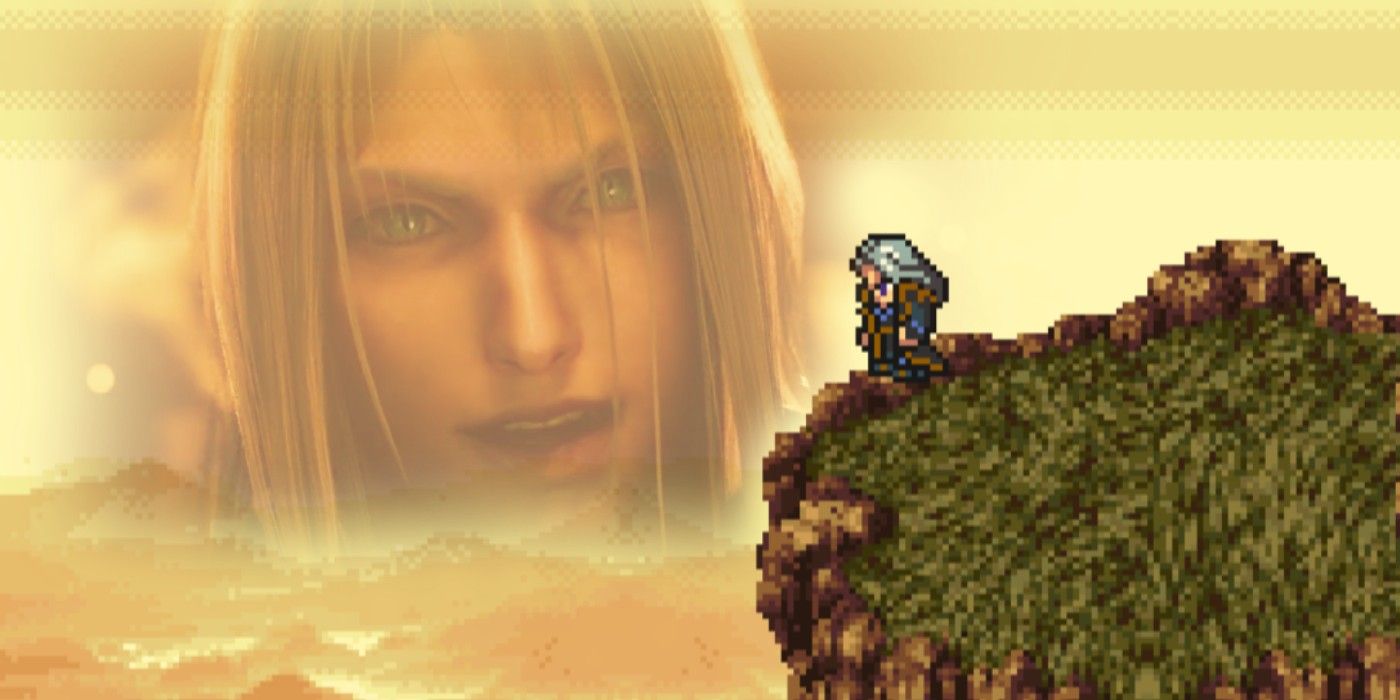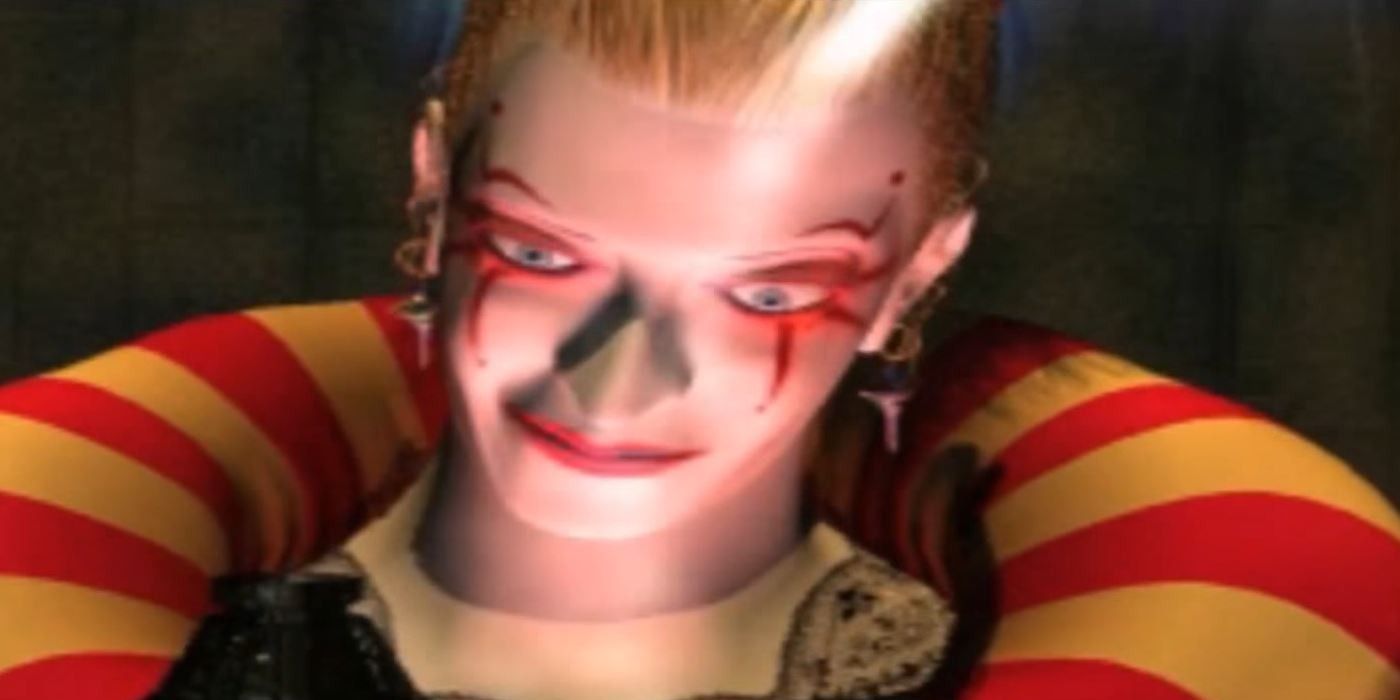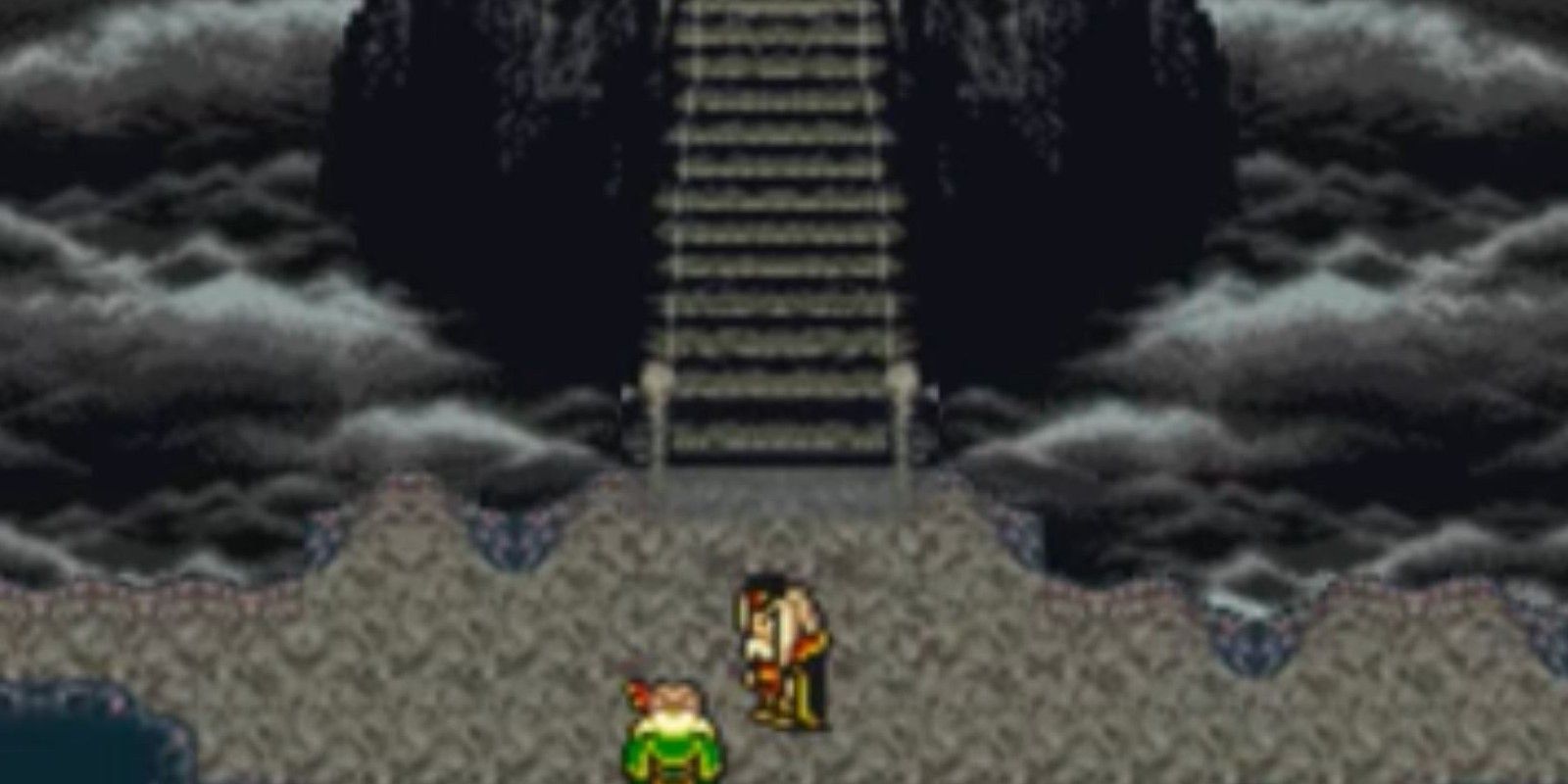Since its release on the Super Nintendo as Final Fantasy 3 in the US, nine additional numbered Final Fantasy games and numerous series spinoffs have been released, but Final Fantasy 6 remains a fan favorite, still considered the best in the series by many RPG fans. By taking a similar approach to the ongoing Final Fantasy 7 Remake series, Square Enix could revitalize one of the most beloved games in the franchise, presenting it to a new generation of gamers and allowing the story room to breathe in a way that was unheard of in the 16-bit era.
Some Final Fantasy fans were skeptical of the FF7 Remake, balking that the first game did not go past the Midgar arc of the story, only a portion of the original title’s length. On playing the game, they discovered that it is more than a simple FF7 remake, but rather a direct sequel of sorts in which fate is “remade.” Beyond the story content changing, there are significant changes in the method of storytelling - the way the story is presented and expanded in the FF7 Remake is considerably more cinematic and fleshed out than in the original, and this could do wonders for the story of FF6.
Even if the FF6 story was adapted without the sequel approach involving Final Fantasy 7 Remake's Whispers and rewriting history, it would be an entirely new experience, enhancing an already strong cast and plot. Gaming storytelling conventions have evolved since the 16-bit era. Some gamers regard titles like The Last of Us alongside the very best of cinema. While the story of Final Fantasy 6 remains a strong one, the way the story was told is a relic of its era, very minimalist by today’s standards.
Most of FF6’s fourteen party members have some degree of development and character arcs presented. The narrative of the Magitek-empowered Empire tampering with the world of the Espers, and Kefka’s descent into madness plunging the setting into a World of Ruin, remains a strong one. Giving Final Fantasy 6's characters more time for development, and major narrative events room for their gravity to settle in, could improve both if handled properly.
An FF6 Remake Could Let The Characters And Story Shine
In addition to the benefits of a potential remake giving more time to the characters and story of FF6, modern hardware could allow the world to be presented as gamers could only imagine it at the time of its release. Though FF6 showcased beautiful 16-bit sprite art, particularly with its elaborate monster designs and iconic music, both were limited by the capabilities of an early console. SNES-era RPGs required a lot of imagination on the part of the player. The small character sprites were rarely meant to be to scale with the objects around them, nor were the towns and overworld maps meant to be literal indications of the scope of the world. They were visual approximations, points of reference from which the players’ imaginations formed the world and imagined its characters.
While there is certainly value to imagination in gaming, the opportunity to hear and see FF6 as it could only be imagined is a worthwhile proposition. The emotional opera house scene, originally represented with MIDI-style music pantomiming vocals, could be a fully-voiced cinematic scene with sweeping camera angles and a full orchestra.
The scale of Magitek armor, the immensity of the Floating Continent, and the terror of the Phantom Train could all become closer to immersive reality with modern gaming tech. The Veldt could go from being an expanse of green with dangerous random encounters to a rich jungle full of roaming beats similar to modern Monster Hunter titles.
Remaking FF6 Could Show The World As It Was Imagined
There are reasons gamers might be hesitant to embrace an FF6 remake. The original is widely considered a near perfect game as it was. The gameplay is of special concern, as Final Fantasy 6 combined unique character abilities with a universal upgrade system, Espers, in a quintessential example of traditional turn-based JRPG gameplay done right. Still, the opportunity to see the World of Balance fall to Ruin as it could never be depicted on 16-bit hardware, or to allow the story and characters of Final Fantasy 6 the cinematic respect afforded to modern AAA games, is something that series fans would be wise not to second guess too harshly.



